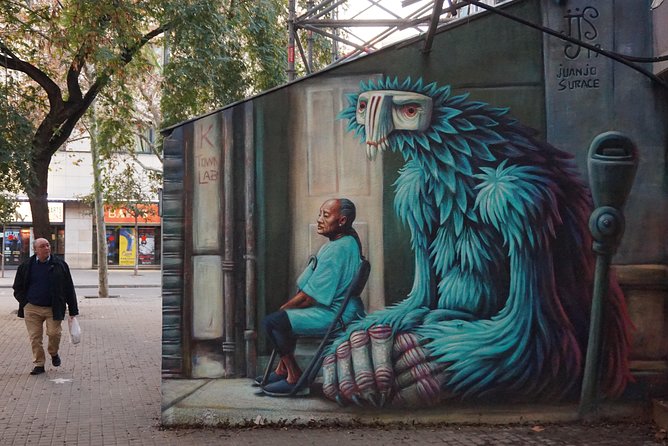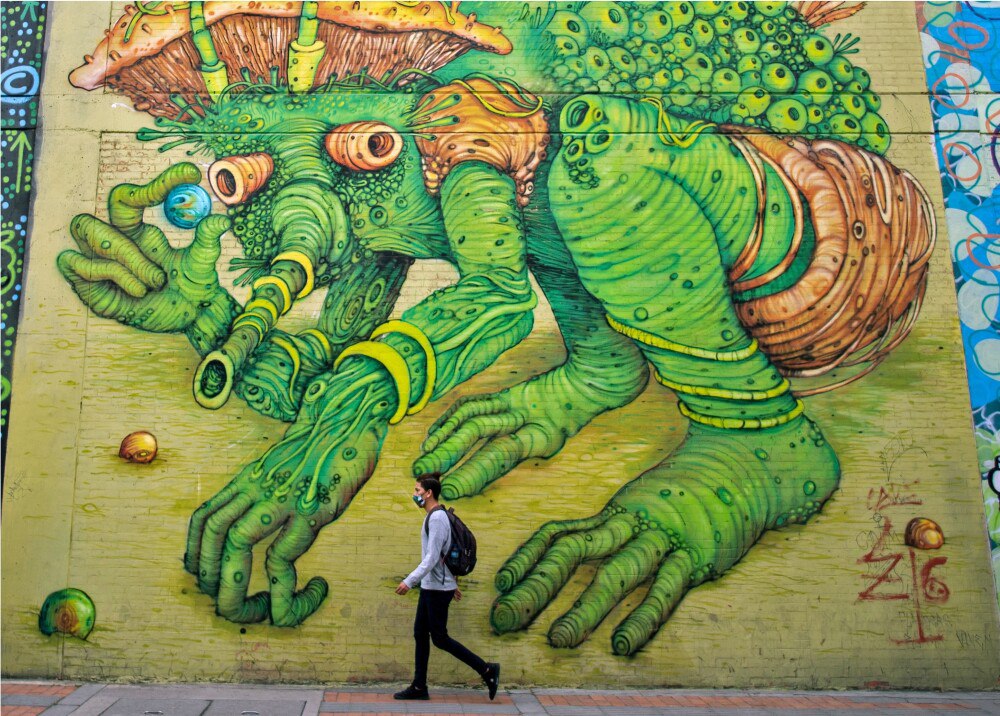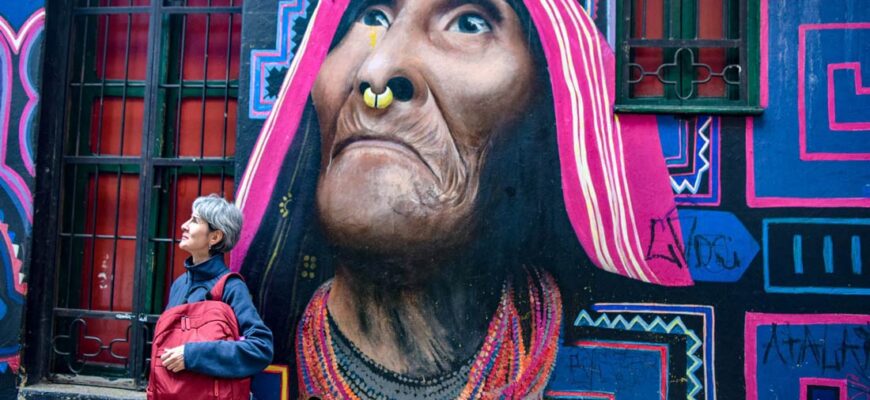Graffiti Vandalism? Art? Maybe a way to shout?
Despite the general stereotype that graffiti is nothing but vandalism and violence against urban structures, Street Art has become art in the modern world. And like any art, graffiti artists (or Street art artists) use graffiti to express themselves, their opinions, or even their civic position. However, more on this later.
Interestingly, many people do not consider Street Art to be art, but according to the definition of Street Art is Monumental painting, that is, a subspecies of painting.
To begin with, it is necessary to turn to the history of the appearance of this method of self-expression.
In essence, Graffiti is wall drawings. The earliest “Graffiti” are rock carvings. Similar manifestations of prehistoric art were often made in ritual and sacred places inside caves.
Later, similar examples appeared in ancient Greece and the Roman Empire, but in addition to mosaics, the most popular graffiti was advertising a brothel. Located next to the road decorated with mosaics and stones, graffiti depicted a handprint vaguely resembling a heart, a foot print and a number. This meant that there was a brothel somewhere nearby, and the handprint symbolized payment.
For example, if you visit the world-famous city of Pompeii, graffiti of this nature can be seen on the main street.

Graffiti was widespread in pre-Columbian Mesoamerica. In one of the largest Maya settlements Tikal, many well-preserved drawings were discovered. On them, the Maya depicted scenes from stories, plots related to pagan gods, legends about heroes, and the like. Viking graffiti that survived in Rome and Ireland on the Newgrange mound, as well as the famous inscription of the Varangian, who scratched his name Halvdan in runes on the stone floor in St. Sophia Cathedral in Constantinople.
According to all these examples, it is clear that from time immemorial graffiti has been used as a way of self-expression, advertising something or simply acting as fun.
However, let’s move on to the most important thing. What is the place of graffiti in the modern world? Studying this question, it is impossible not to mention the capital of Colombia – the city of Bogota. It is called the most painted capital of the world. Indeed, in Bogota it is easier to find a place where there is graffiti than a place where there is none. Bogota is overflowing with colorful images. Previously, graffiti was regarded as vandalism, however, as the theme of the “Graffiti City” began to gain popularity, which means making a city as well as attracting tourists to it, the authorities began to support all forms of Street art in every possible way.
To date, graffiti on any topic can be found in Bogota, but the trend began directly with an attempt to express one’s civic position. An important moment in the history of the appearance of such a large amount of Graffiti in Bogota is considered to be the phenomenon of the politician Misael Pastran Borrero, a member of the Conservative Party of Bogota, who opposed the then military dictator Gustavo Rojas Pinilla, who came to power by falsifying elections. Students of the Bogota State Academy of Arts joined his protest and began to draw graffiti and murals in which they displayed the opposition and protested against the current government. Such a political move left a mark on the history of the city and even now, 46 years later, we can observe the consequences, in a good way. Bogota is one of the most popular places for tourists who are interested in street art.

To date, many cities around the world have begun to attract tourists with bright graffiti. The top cities are New York, Cape Town, Buenos Aires, London. Perhaps not everyone knows, but the murals of some cities specifically invite muralist artists to “Paint the city”. One of the most popular cities, thanks to graffiti, is Mexico City.
Mexico City is the birthplace of muralism (a mural is a large-scale painting with meaning on the facade or wall of a street building). It was there that the famous muralist Diego Riveira, Frida Kahlo’s husband, turned the Palace of Fine Arts, the Olympic Stadium and the Insurgentes Theater into wonderful Art objects with the help of his murals.
It’s easier to see modern street art today than you might think. Street art festivals are held annually around the world, for example, the Upfest festival in Britain, Mural art street Fest, Montreal in Canada, the Mesto Street Art Festival In Nizhny Novgorod.
Street art has long ceased to be just vandalism. It has turned into a real art. Anyone can try himself as a Street art artist, the most important thing is to have an idea and a desire to start.








